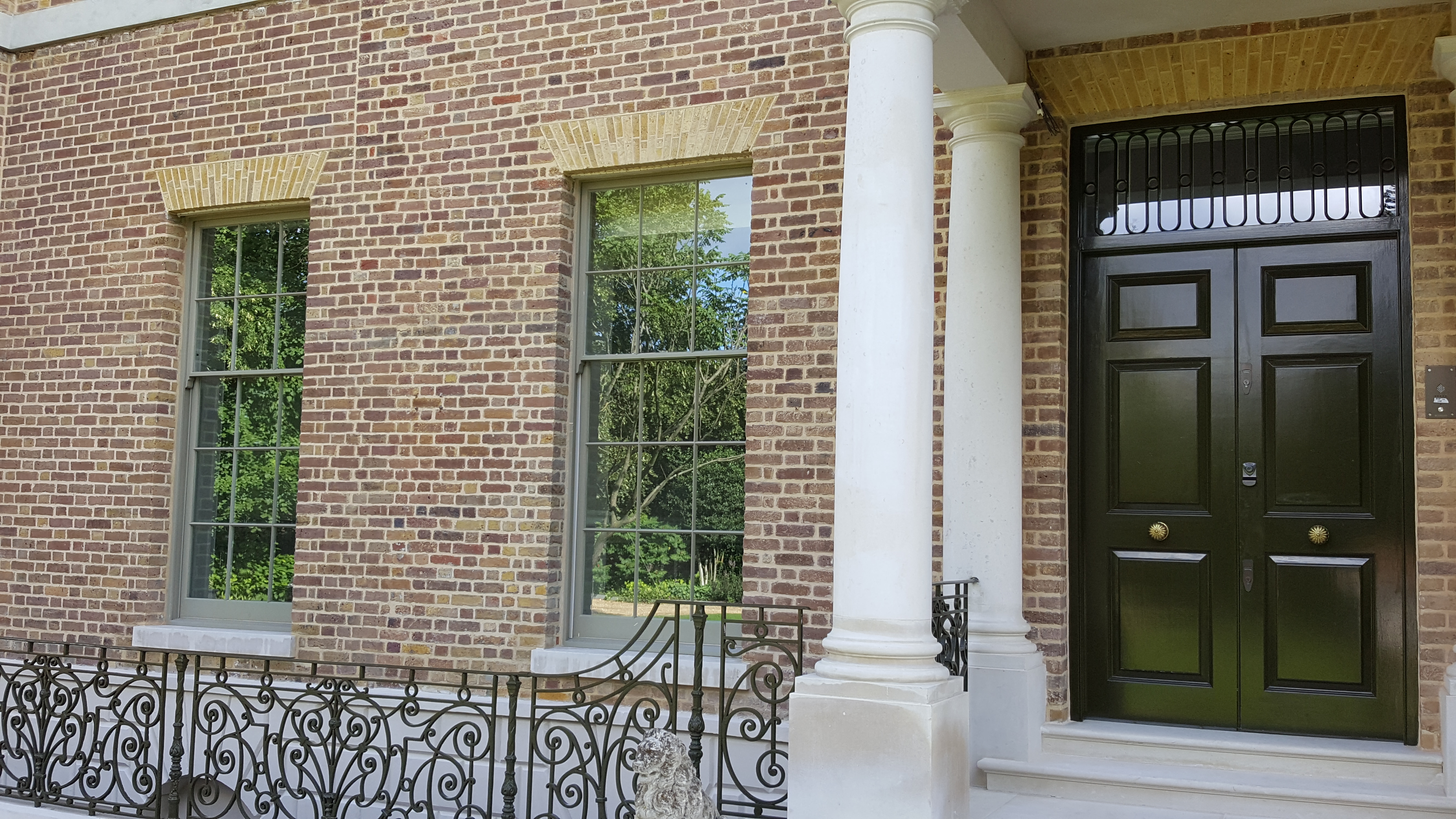
By Andrew Madge, Managing Director of Gowercroft Joinery.
Finding appropriate replacements for old and degraded single-glazed windows in heritage and listed properties can be a challenge, particularly when trying to combine building conservation requirements with the modern desire for a comfortable and energy-efficient living environment.
When the original wooden window frames are too rotten to be repaired, the traditional approach has been to specify like-for-like handmade single-glazed timber replacements, which usually means having to accept a relatively poor level of thermal and acoustic performance or opt for secondary glazing solutions to compensate.
In an ideal world, most of today’s owners of old and period properties would like to benefit from modern performance standards, including durability, sustainability and a good level of energy efficiency, in order to create a pleasant living environment but without spoiling the original aesthetic.
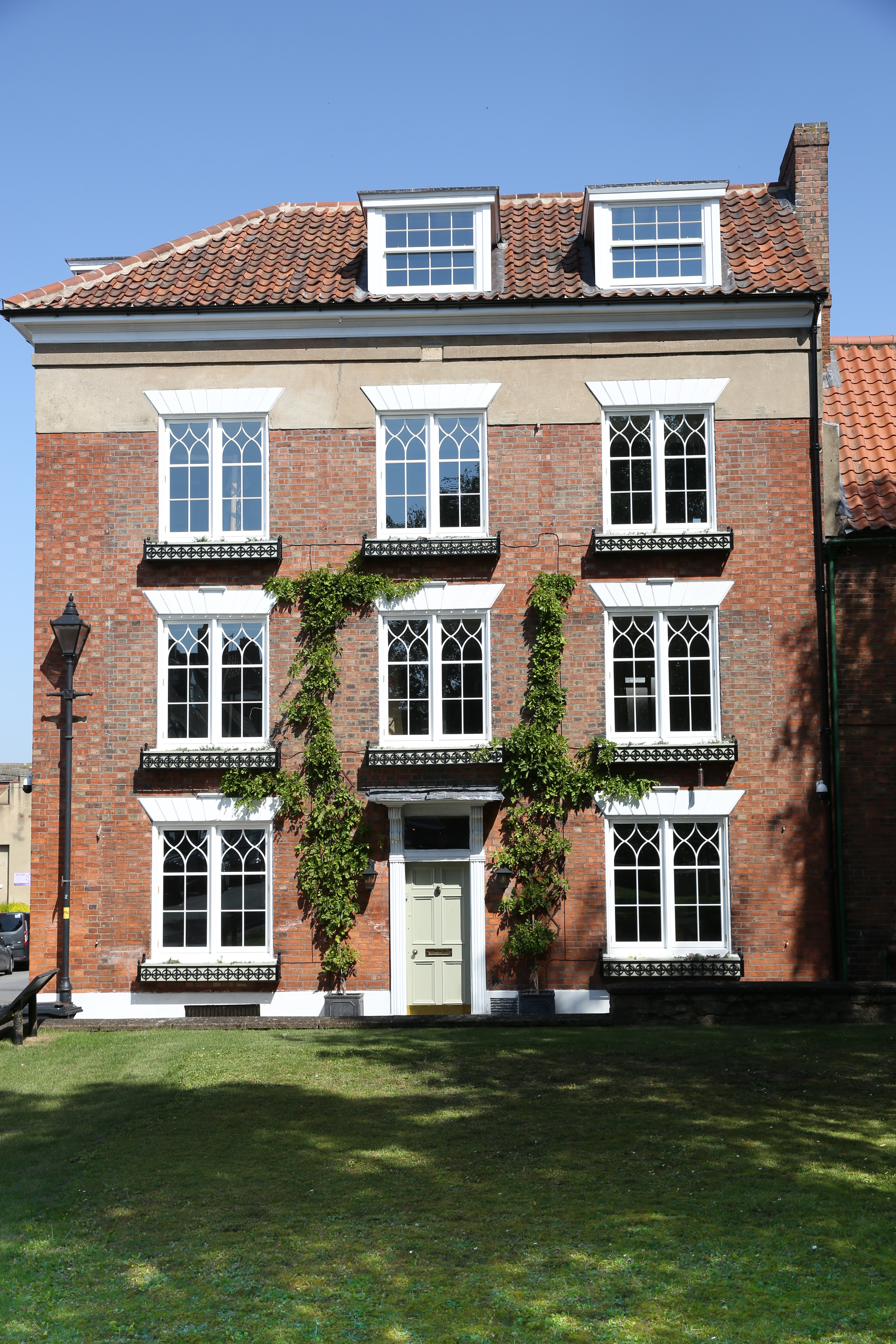
Energy efficient double-glazing
Although superior energy efficiency can be achieved through standard factory fitted double-glazed units (typically with a 16 – 20mm Argon filled cavity), the giveaway ‘double reflection’ on the glazing and the thicker profiles required to accommodate heavy double-glazed units are almost invariably unacceptable for period properties.
This has led to the popularity of ‘low sightline’ slim double-glazing, which aims to combine some of the features of a slim window with better thermal performance. This is achieved by using a heavier inert gas such as Krypton or Xenon to reduce the thermal conductivity sufficiently to create an effective smaller cavity in between the panes. The sightline, (which is the area from edge of the glass to the top of the spacer bar), is typically reduced to just 5-6mm to allow thinner window sections.
However, this type of window is now the subject of some controversy, not least within the Glass and Glazing Federation (GGF), because in order to achieve such a slim slightline it is necessary to reduce the amount of sealant and desiccant used in the perimeter of the unit. This can cause instability and increase the likelihood of unit failure. In fact, there is an ongoing discussion as to whether some of these units even comply with the Construction Products Regulations (CPR).
As a result of these still unresolved matters, striking the right balance between performance and aesthetics has become even more complicated and challenging.
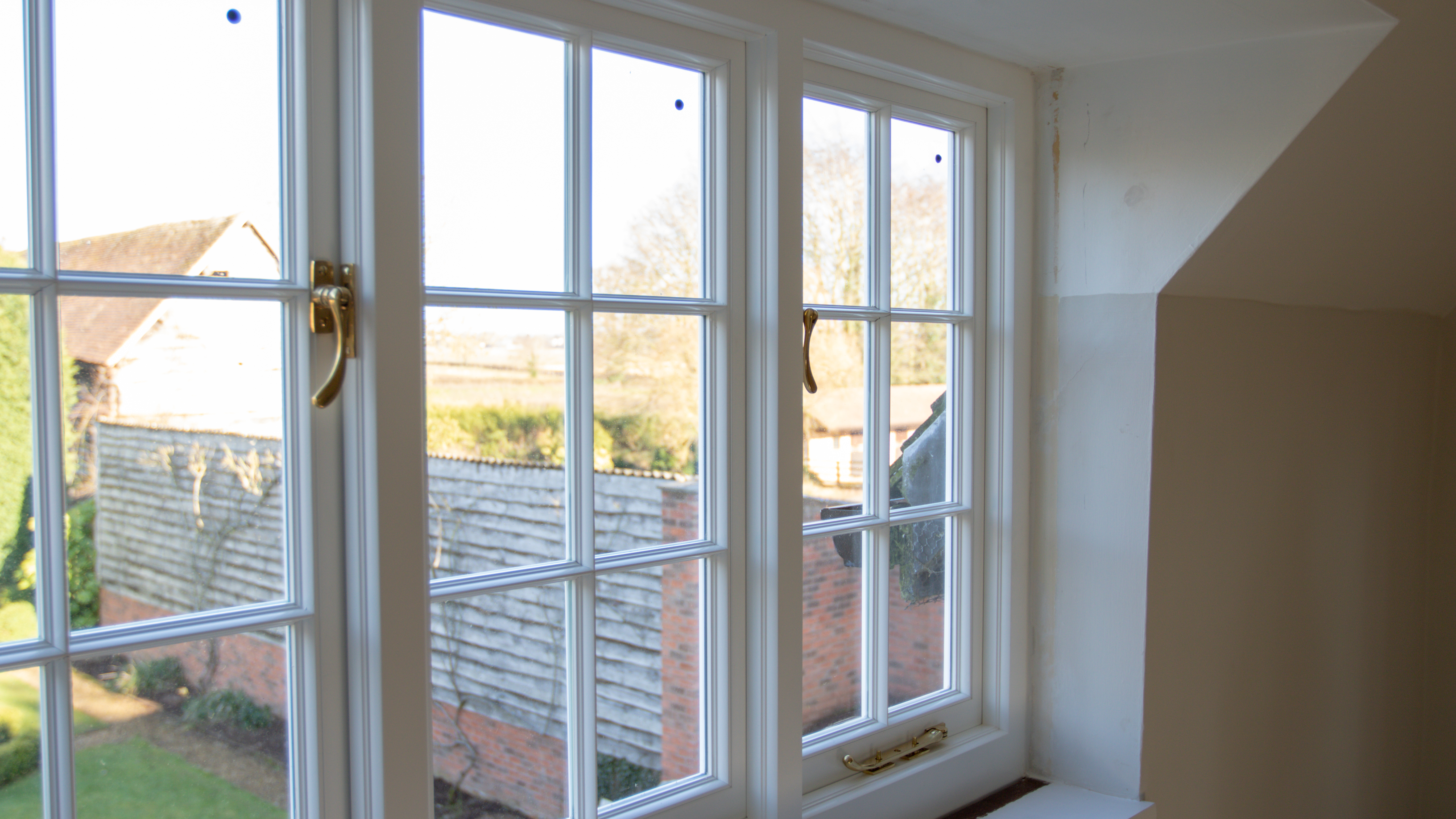
Vacuum glazing
An alternative option which is now beginning to attract interest in the heritage sector is ‘vacuum glazing’, where all the air is extracted to form a vacuum cavity between a pane of low emissivity (low-e) glass and a pane of clear float glass. With no air or gas between the panes, there is nothing to transfer heat, so the energy efficiency is much greater. The same applies to acoustic performance
Originally developed in Japan over twenty years ago as a lightweight, energy efficient solution for buildings in earthquake zones, Pilkington Spacia™ is the first commercially available vacuum glazing in the UK, which offers U-values of 1.1 W/m2K on its standard units and 0.9W/m2K on its higher performance Spacia™ Cool units.
With a total thickness of 6.2mm, (the vacuum cavity being just 0.2mm), it is roughly a quarter of the thickness of a conventional double-glazed unit and half the thickness of a typical slimline double-glazed unit. It is also approximately two thirds of the weight, which makes it narrow and light enough to fit into most existing timber frames without giving any discernible double reflection.
Vacuum glazing technology is now opening up opportunities for owners of heritage properties looking to replace the glazing on old windows, whilst preserving as much of the original joinery as possible. It is also being adopted by specialist joinery companies wanting to create traditional looking windows with modern performance benefits for those period homes where the original frames cannot be salvaged.
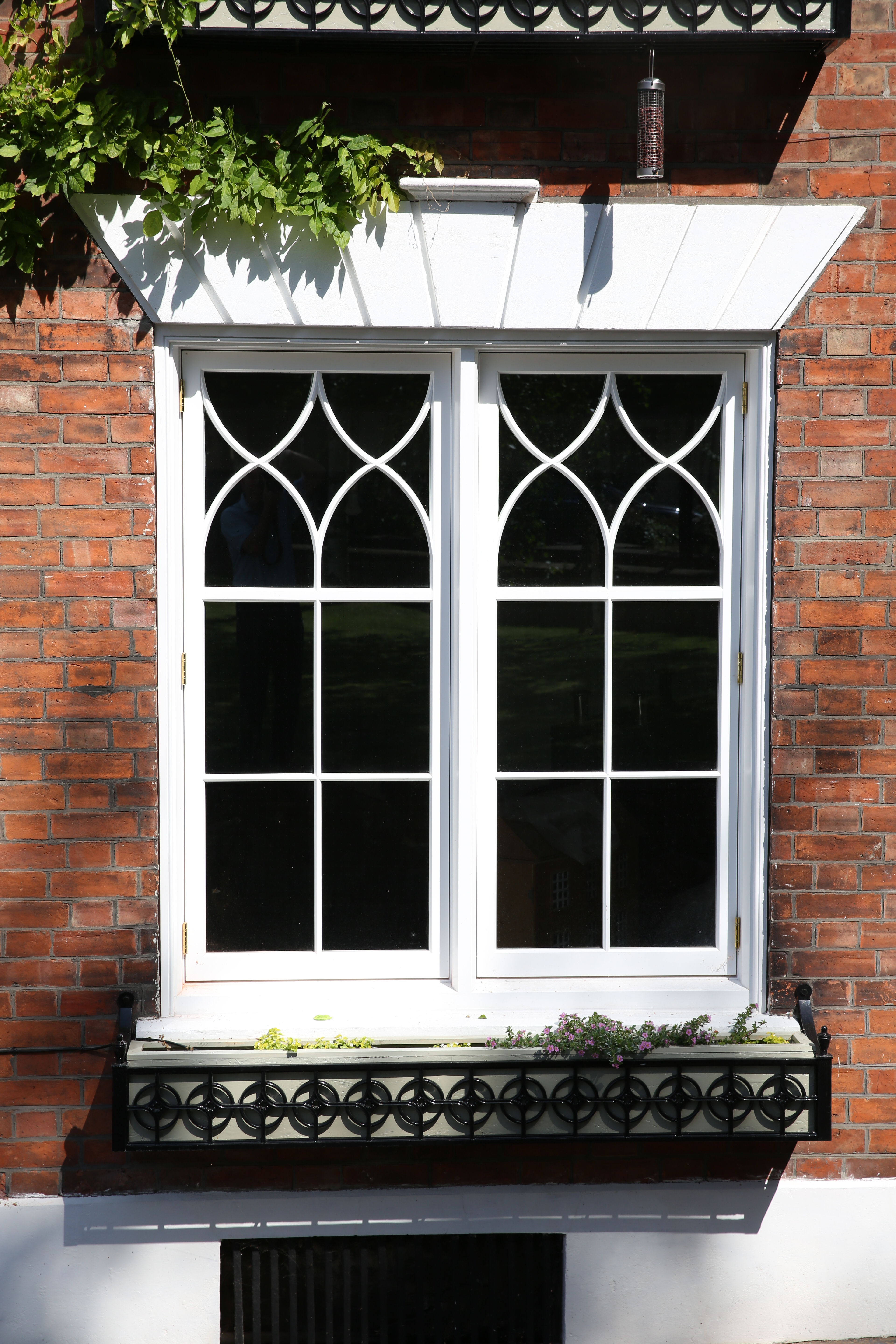
A complete window solution
Gowercroft is the first window and door manufacturer to have incorporated Pilkington Spacia™ vacuum glazing technology into a traditionally crafted Heritage range of timber windows, in order to replicate the classic appearance of single-glazed windows of the past.
Though thoroughly traditional in appearance, the new Heritage Range is actually made from AccoyaÒ, a modern, sustainable wood, (whose cellular structure has been treated to increase its durability, stability and longevity), and sprayed with a unique formulation of protective paint, guaranteed to deliver zero maintenance for 10 years.
Instead of using old fashioned putty to secure the glass panes like the windows of the past, a traditional putty-line is replicated in the outer profile, significantly improving security and the longevity of the coating. Similarly, all the modern seals, which are designed to keep the windows weather-resistant, are neatly concealed within the joinery and only traditional style ironmongery is used.
With its unique combination of period features and modern performance benefits, the Heritage range has been installed in listed properties across the country, including the impressive restoration of Grade II Listed Templeton House, Winston Churchill’s former home in Roehampton, which recently won Gowercroft the 2019 British Woodworking Federation’s (BWF) ‘Woodworking Project of the Year Award’ for design, innovation and joinery manufacture.
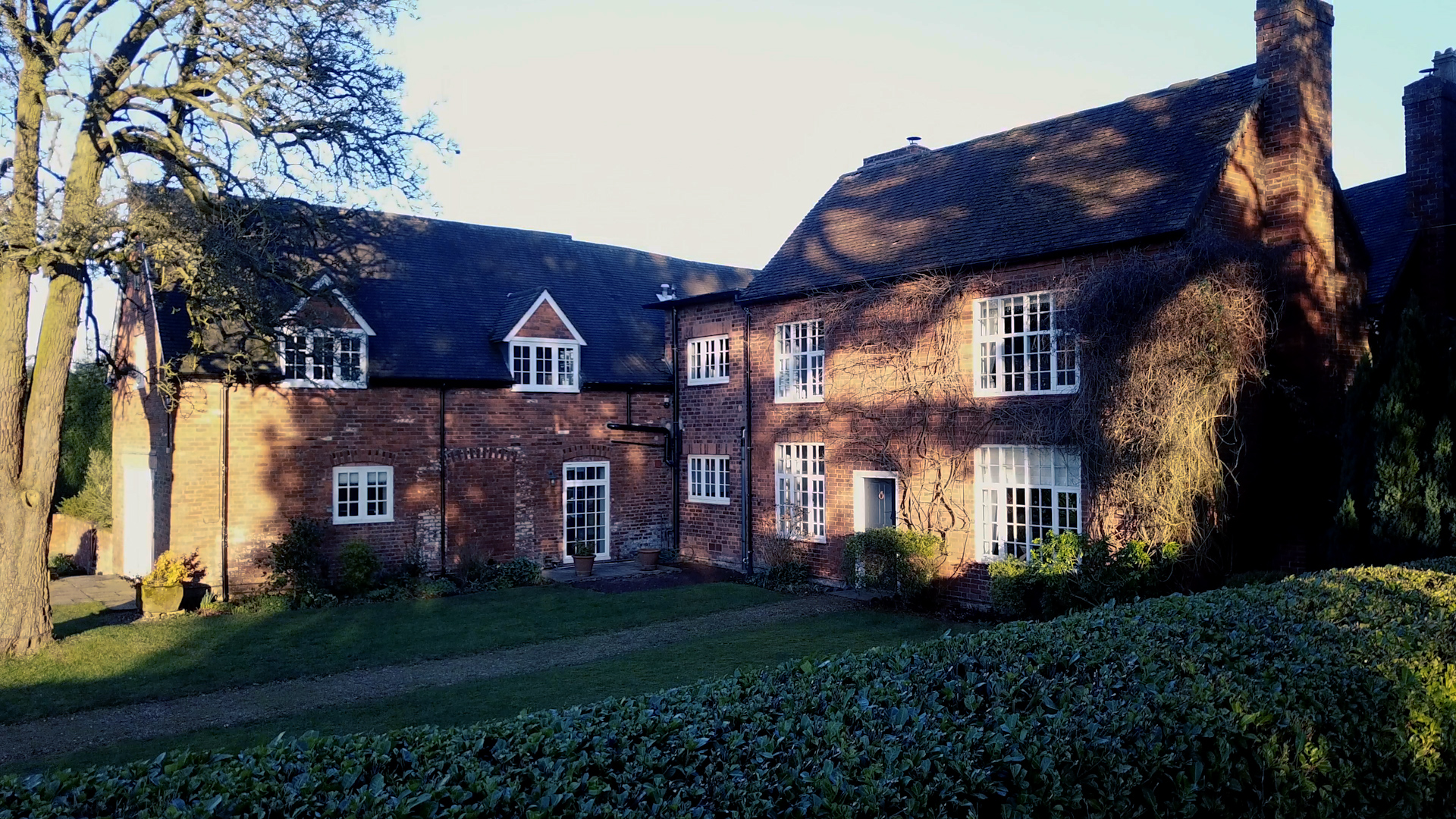
The best of all worlds
Arguably, any attempt to provide an acceptable modern solution for a listed property inevitably involves some degree of compromise. However, conservation officers, specifiers and owners of listed properties do now have this highly functional, future-proofed and genuinely sympathetic modern product, which aims to offer the ‘best of all worlds’.

